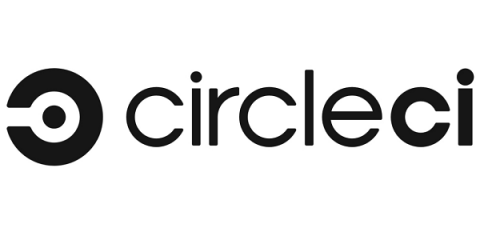Continuous integration for Rust applications
Rust is a powerful language built on the promise of performance and reliability. With no runtime or garbage collector, it easily runs in any environment and can be integrated into any existing language or framework. With the advent of WebAssembly . Rust has become even more valued in the web development space. Rust’s seamless peering with Node.js to build highly performant functionalities has made it a delight for web developers.
















